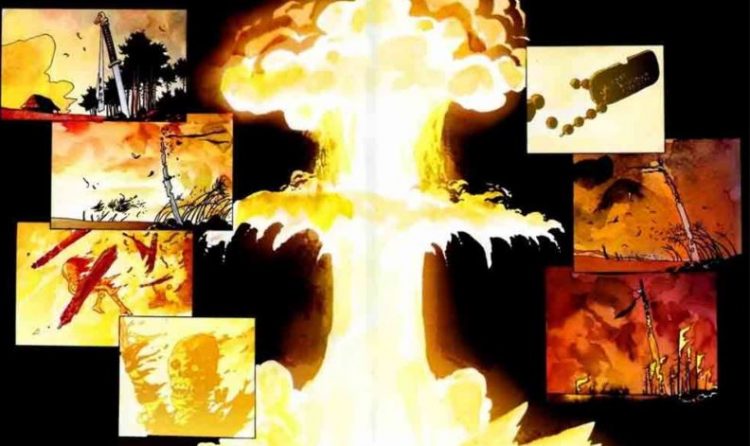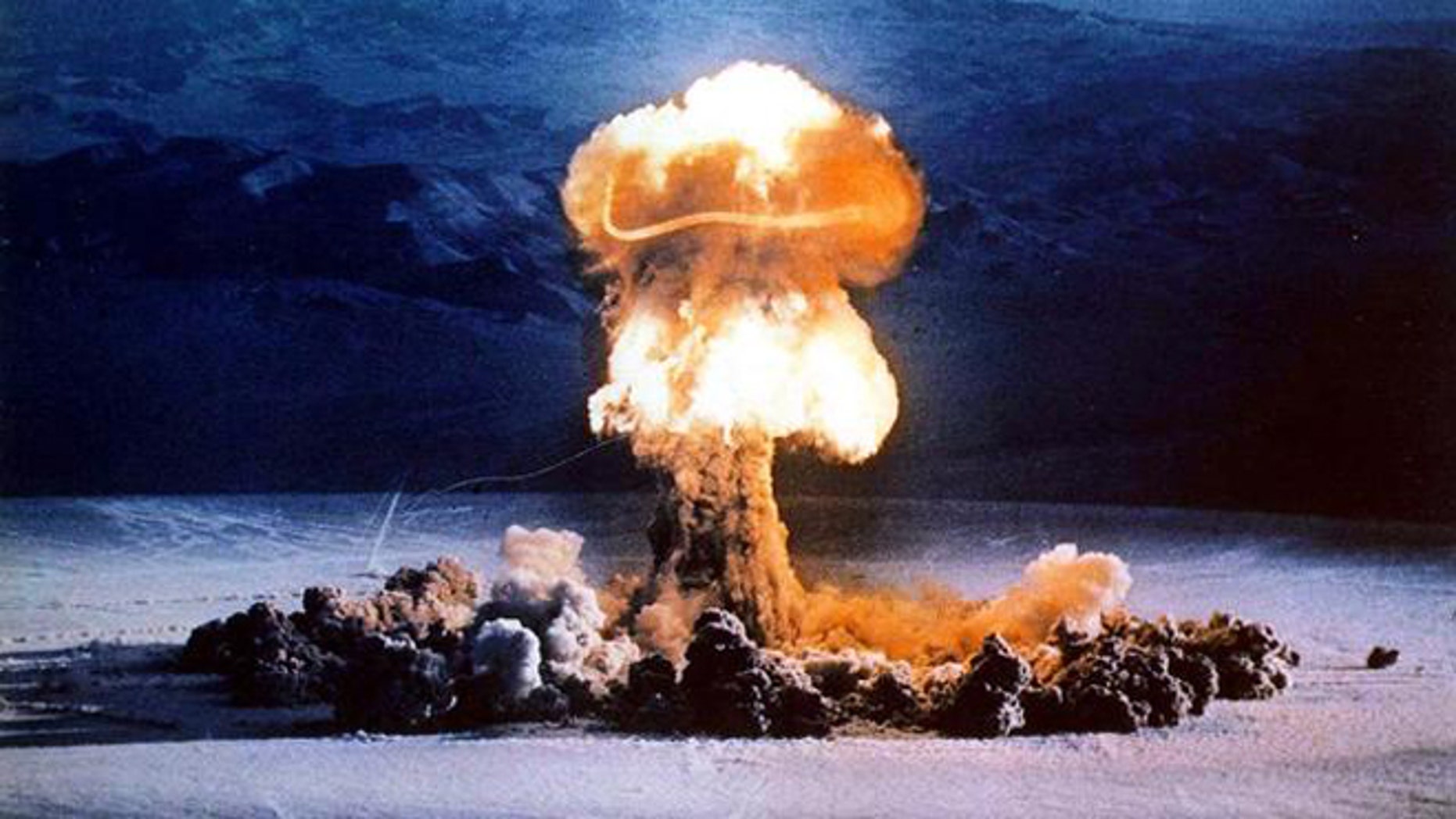

NUCLEAR TIME DELAY UNTIL BOMB GOES OFF FREE
Though an ally of the United States, Great Britain did not develop its own nuclear weapon until the early 1950s, detonating its first uranium-235 powered device under a frigate off the coast of Australia on October 3, 1952, followed by its free fall “Blue Danube” atomic bomb in November of 1953. The PGU, through the Soviet period underwent several name changes – many intended to disguise its purpose – and has emerged today as Rosatom, Russia’s state nuclear corporation. The rest of the world struggled to catch up, with Russia detonating its first uranium powered nuclear bomb in Semipalatinsk, Kazakhstan on Augas the result of a massive post-war effort involving some 68,000 people working within the First Chief Directorate, or PGU, headed by Igor Kurchatov. Three days later, the plutonium powered Fat Man was dropped over Nagasaki by the US bomber Bockscar, yielding 21 kilotons of force. On August 6, 1945, the US bomber the Enola Gay unleashed the uranium-235 based Little Boy on Hiroshima with 16 kilotons of force. The race to create the world’s most potent weapon of mass destruction in the hopes of ending World War II with Fat Man and Little Boy under Robert Opppenheimer’s Manhattan Project was exactly that – a race that took haphazard chances with then-barley known effects of radiation, and only a theoretical knowledge of how long radioactive contamination remains lethal within the environment.

Nuclear weapons and their doppelganger nuclear power have thus together achieved the status of a time release weapon of mass destruction even before the red button is pushed in a remote missile silo or a dirty bomb detonated by terrorists. The simple fact of the matter in both cases remains that, ever since the inception of the atomic chain reaction occurred to Hungarian physicist Leo Szilard as he stood waiting to cross Budapest street in 1933, – according to his memoirs – no scientist, group of scientists or national governments have come up with a way to store nuclear waste for the hundreds of decades it takes to lose its contaminating effects, or mitigate the effects of radiation exposure to human health. And if current progress in dealing with weapons and civilian nuclear waste is any indication, the destructive force of both nuclear arms and nuclear energy – even if they were banned tomorrow by all world governments simultaneously – will continue to linger for generations to come.


 0 kommentar(er)
0 kommentar(er)
